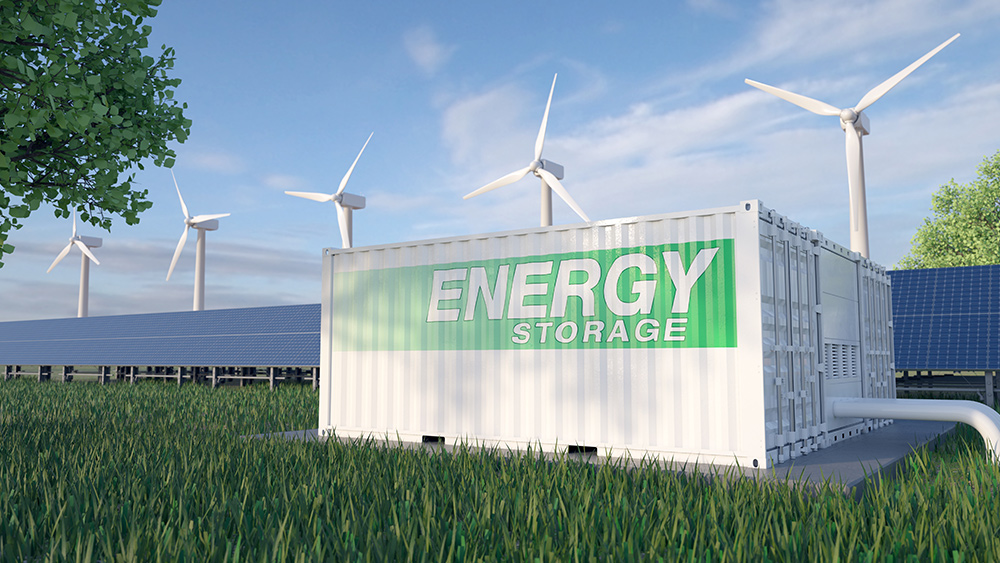 Parler
Parler Gab
Gab
- The Trump administration has canceled billions in renewable energy loans and grants, targeting the Energy Department's Loan Programs Office (LPO), which funded clean-energy projects under Biden. Energy Secretary Chris Wright criticizes past approvals but vows to halt pending deals.
- Created in 2005, the LPO faced scrutiny after the Solyndra bankruptcy ($535M loss) under Obama. Biden revived it with $25B via the Inflation Reduction Act (IRA), but a 2024 inspector general report warned of rushed, risky approvals in its final days.
- Opponents argue the LPO distorts markets by subsidizing unprofitable green tech, calling it "corporate welfare." Experts like Myron Ebell and André Béliveau warn it undermines grid reliability and prioritizes lobbying over innovation.
- Trump's focus on fossil fuel "dominance" clashes with Biden's climate goals. Republicans demand freezing $41.2B in pending LPO loans, while some advocate preserving funds for nuclear projects aligned with Trump's "all-of-the-above" approach.
- The LPO's shutdown sparks debate over federal debt ($34T+) versus clean-energy progress. Wright pledges "affordable, reliable" solutions, leaving the office’s future to hinge on balancing fiscal restraint and climate priorities.
The LPO's turbulent history
The LPO was established in 2005 to finance cutting-edge energy technologie. However, it gained notoriety when its loan to solar panel manufacturer Solyndra during the Obama era collapsed in 2011 – wasting $535 million in taxpayer funds. Activity slowed during President Donald Trump's first term, but the Biden administration revived it with $25 billion from Congress. The infusion was part of a broader $400 billion clean energy push under the Inflation Reduction Act (IRA). The LPO's final days under Biden were frenetic, with the office greenlighting projects like a $6.57 billion loan for Rivian Automotive’s Georgia electric vehicle factory and $289.7 million for solar infrastructure in Massachusetts. Both were finalized in the Biden administration's closing hours before Trump's January 2025 inauguration. A November 2024 inspector general report flagged risks of poor due diligence amid the rush, noting concerns that projects were prioritized over economic viability.Critics warn "slush fund" harms markets, taxpayers
Experts argue the LPO has become a politicized tool, propping up unprofitable green technologies instead of letting markets dictate energy solutions. "You can’t have the Energy Department picking winners and losers in the energy sector," said author and Climate Depot executive editor Marc Morano. Myron Ebell of the Competitive Enterprise Institute called the LPO a "corporate welfare handout," linking it to the IRA's $290 billion DOE loan expansion. "The special interests … spend more effort on lobbying in D.C. than innovating," Ebell said, urging Congress to cancel the LPO's authority entirely. Senior energy policy manager André Béliveau of the Commonwealth Foundation added that subsidizing unreliable renewables like solar and wind undermines grid stability. "If the government is using my money, it should fund reliable power," he said, advocating instead for nuclear and natural gas as "grid firming" solutions.Political clash over energy "domestication"
The DOE's shift pits the second Trump administration’s market-oriented energy "dominance" goals against Biden's climate-centric vision. President Donald Trump has prioritized deregulation and fossil fuel-friendly policies, signing executive orders within his first 100 days to fast-track oil and gas permits. A recent GOP-led letter urged Wright to freeze LPO's remaining $41.2 billion in conditional commitments, citing post-election corruption risks. Republicans also accuse Biden's lame-duck LPO spree of locking in subsidies for firms like biofuel maker GevoInc.($1.46 billion) and a Kansas-Missouri transmission line ($4.4 billion). However, a counterforce of nuclear advocates urged preserving the LPO to fund projects like advanced nuclear reactors—a nod to technology that aligns with Trump’s "all-of-the-above" energy plan. Amy Cooke of Always On Energy Research questioned the prudence of subsidizing uneconomical ventures: "If the market isn’t interested, is it the government’s role to fund it?" Cato Institute estimates show the IRA's green incentives could cost $4.7 trillion by 2050, raising alarms about national debt. With Biden's climate strategy depends heavily on LPO-backed tech, its collapse could stall projects critical to reducing fossil fuel reliance. As the DOE winds down its green lending arm, the debate underscores America’s energy future: federally backed renewables versus market-driven innovation. While Trump insists his "zero tolerance" for corporate welfare aligns with free-market principles, critics warn scaling back the LPO could delay critical clean energy breakthroughs. Wright, tasked with balancing fiscal responsibility and grid needs, stated the agency would prioritize "affordable, reliable and secure" energy solutions—terms left intentionally vague. As Washington grapples with more than $34 trillion in federal debt, the LPO's fate may hinge on whether policymakers prize fiscal discipline or environmental progress. Sources for this article include: ClimateDepot.com DailyCaller.com 1 Bloomberg.com DailyCaller.com 2Kraft Heinz pours $3 billion into U.S. factories as Trump tariffs reshape manufacturing
By Cassie B. // Share
GOP bill strips silencer tax but maintains federal oversight, sparking backlash
By Willow Tohi // Share
Reduced Russian drone strike sets the stage for Istanbul’s critical peace talks
By Willow Tohi // Share
DOJ targets controversial “Proximal Origin” study in push for scientific transparency
By Willow Tohi // Share
Gaddafi’s prophecy unfolds: How NATO’s destruction of Libya fueled Europe’s migration crisis
By Lance D Johnson // Share
Governments continue to obscure COVID-19 vaccine data amid rising concerns over excess deaths
By patricklewis // Share
Tech giant Microsoft backs EXTINCTION with its support of carbon capture programs
By ramontomeydw // Share
Germany to resume arms exports to Israel despite repeated ceasefire violations
By isabelle // Share










